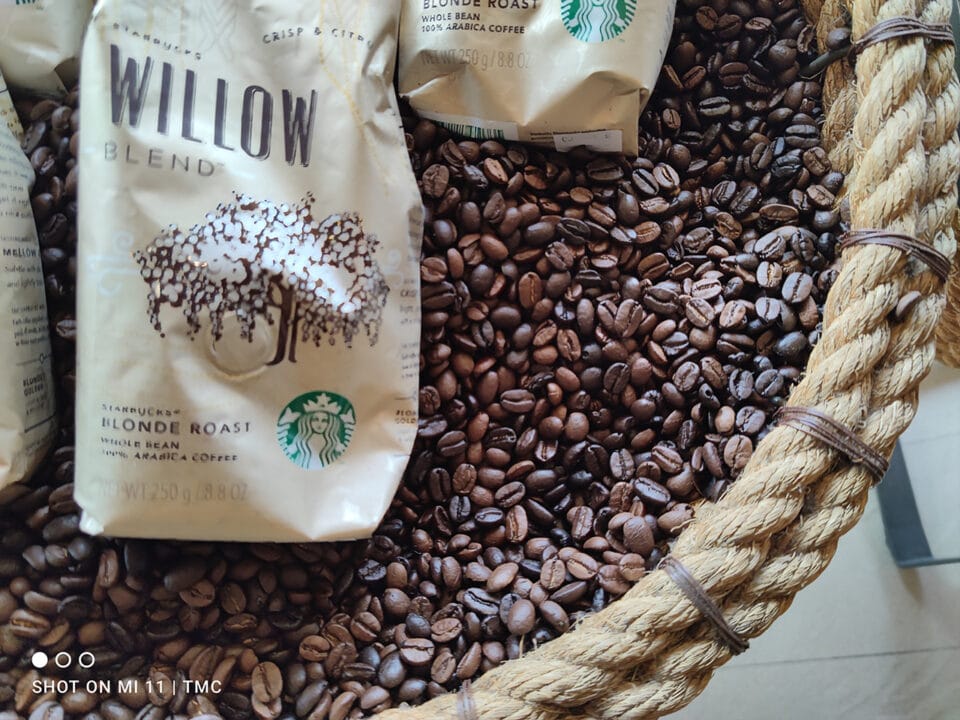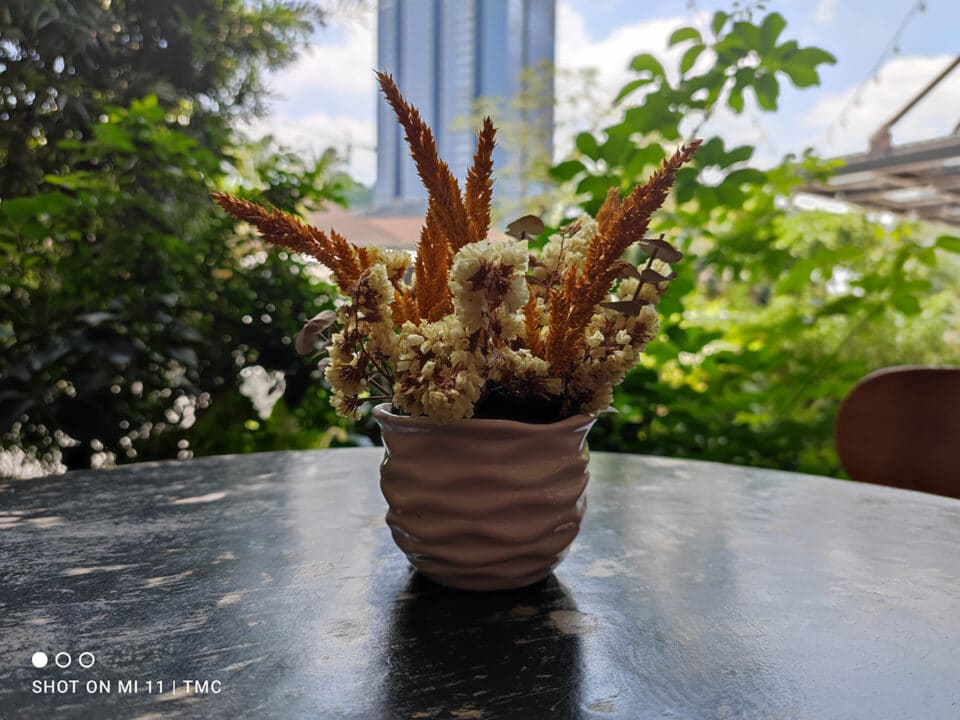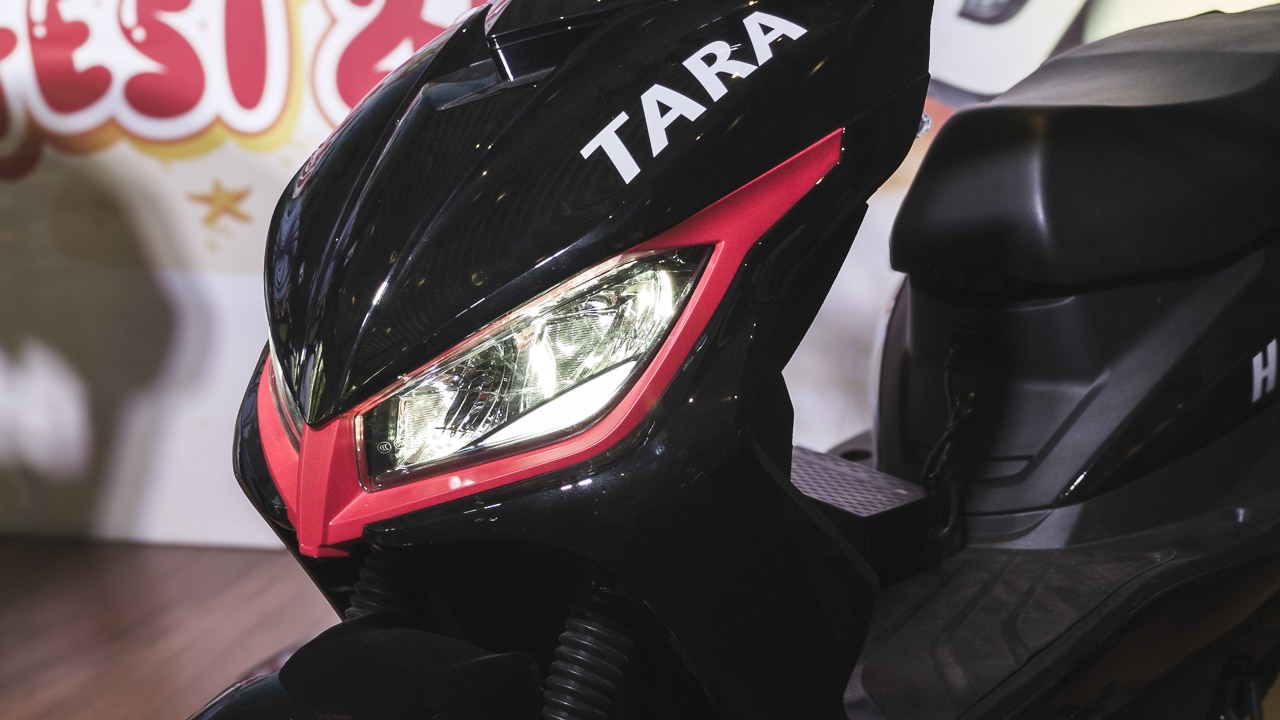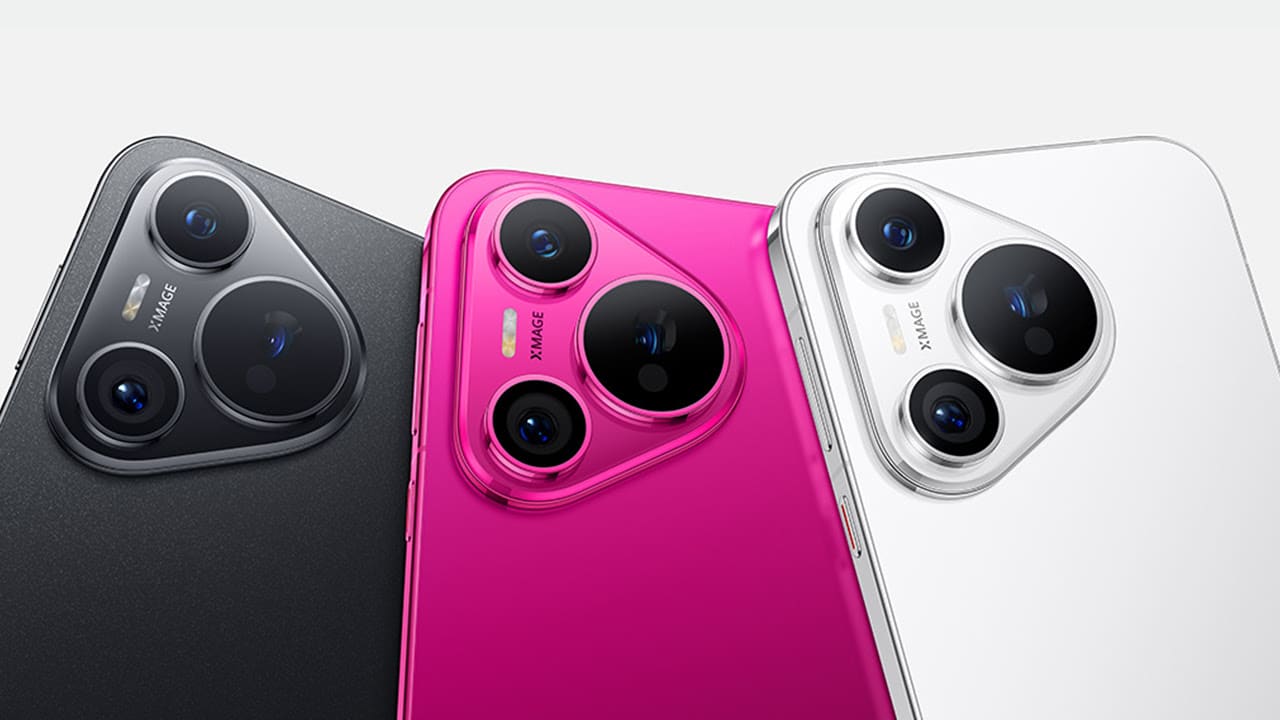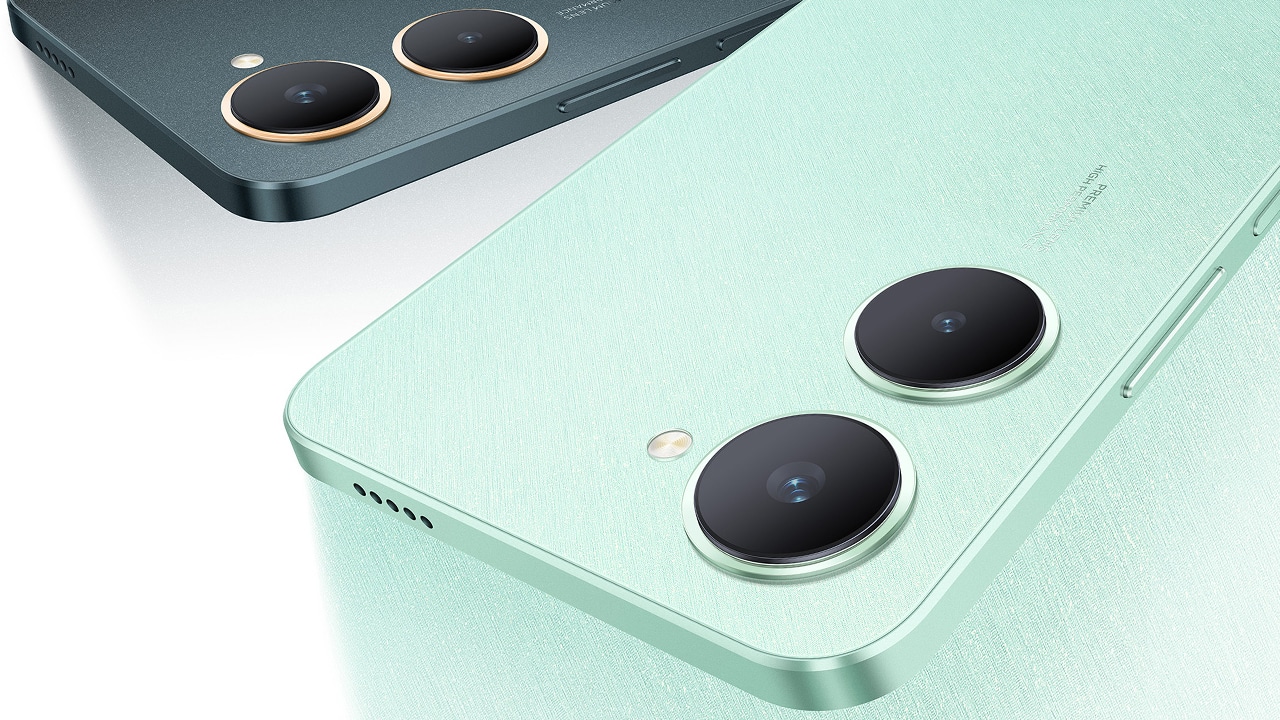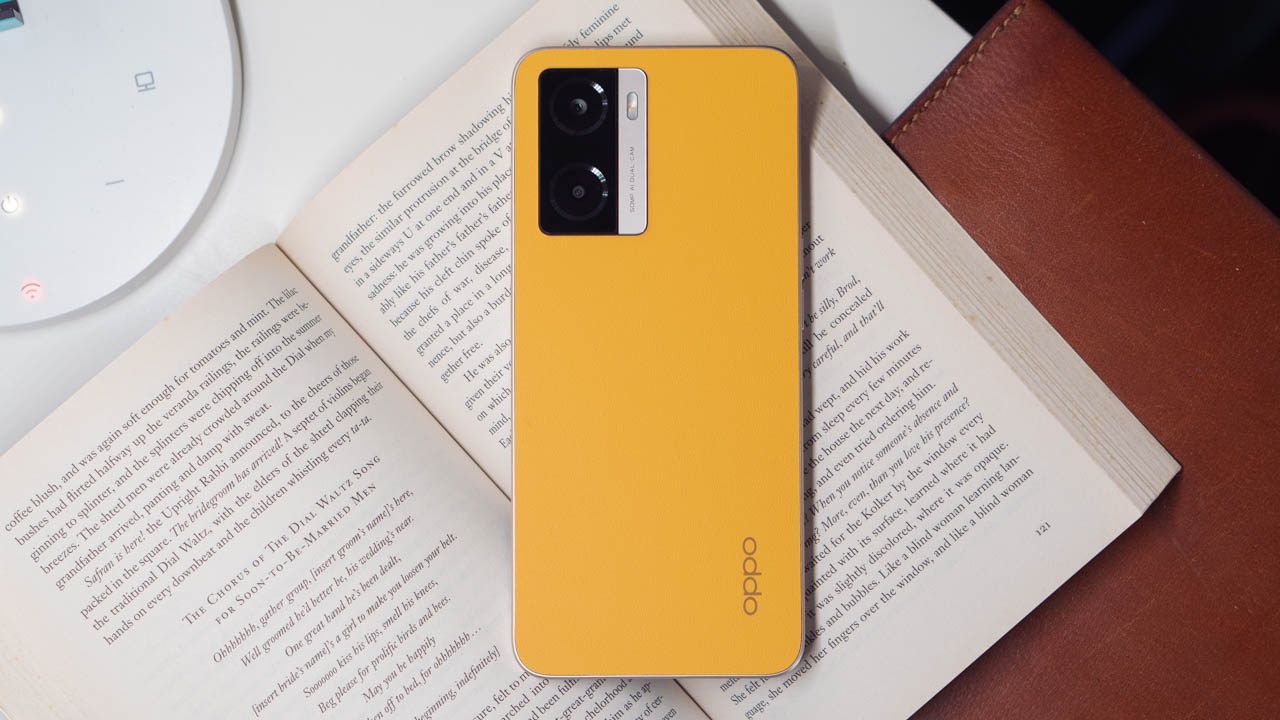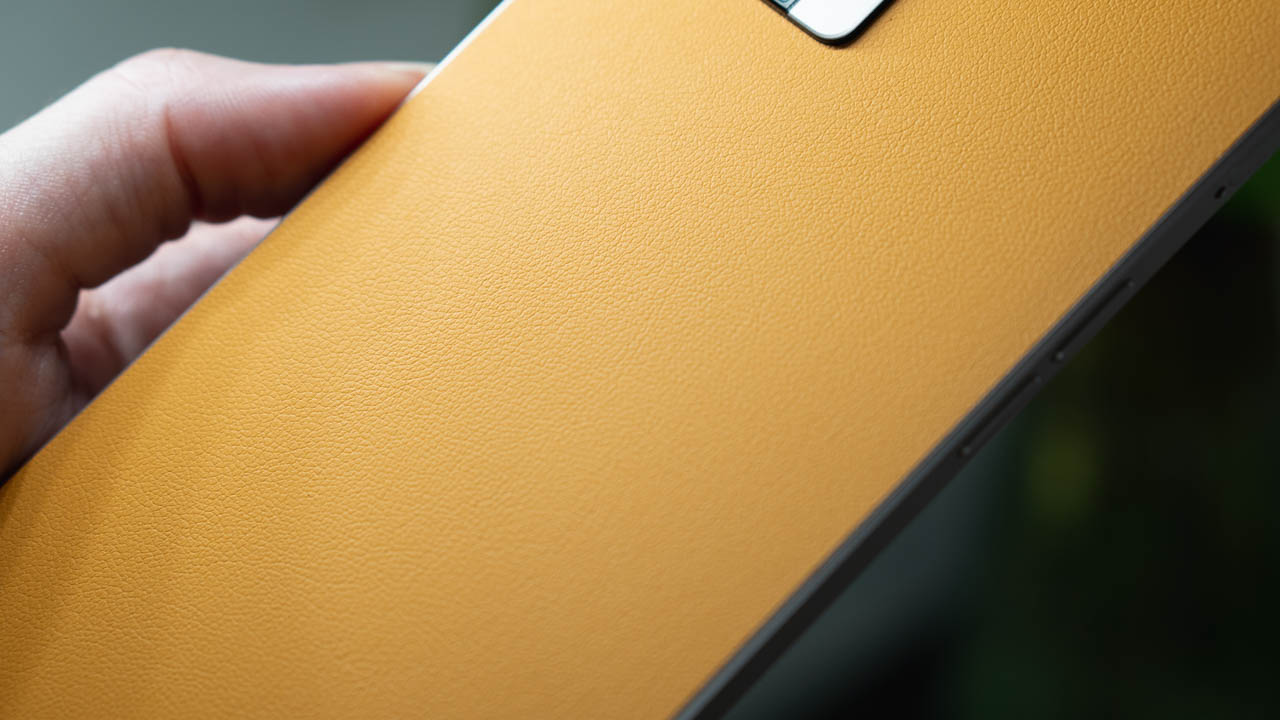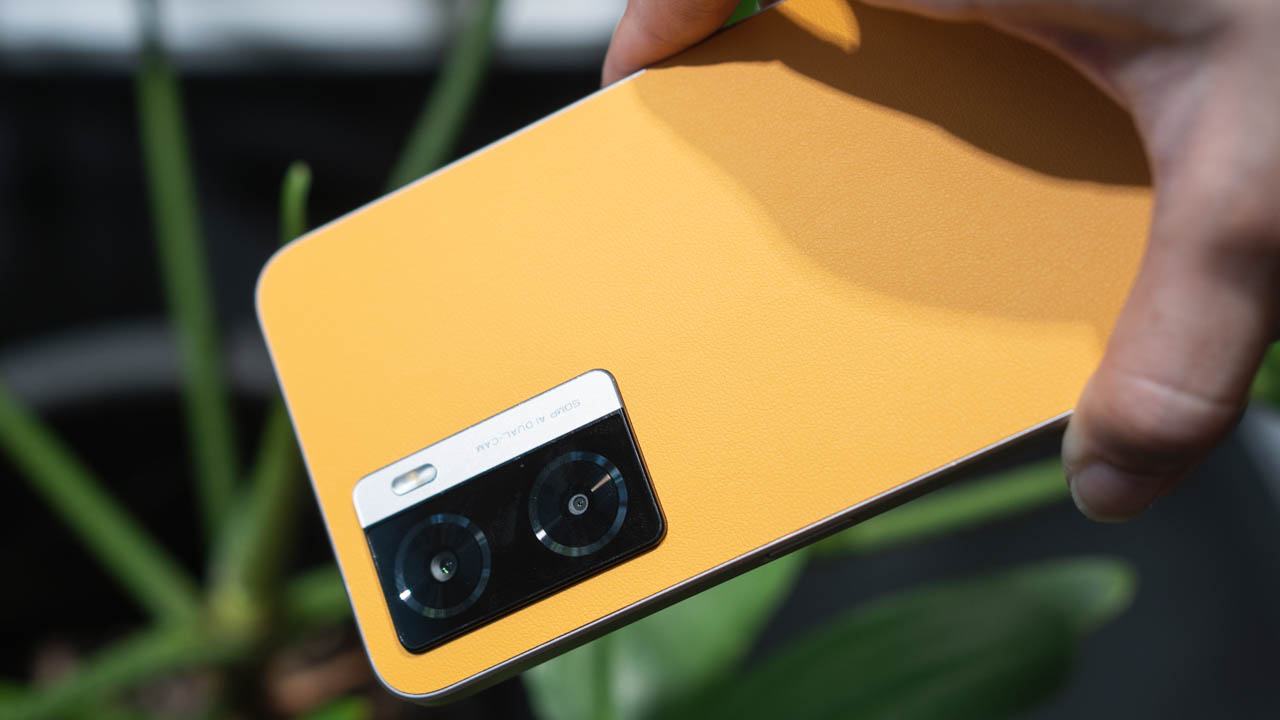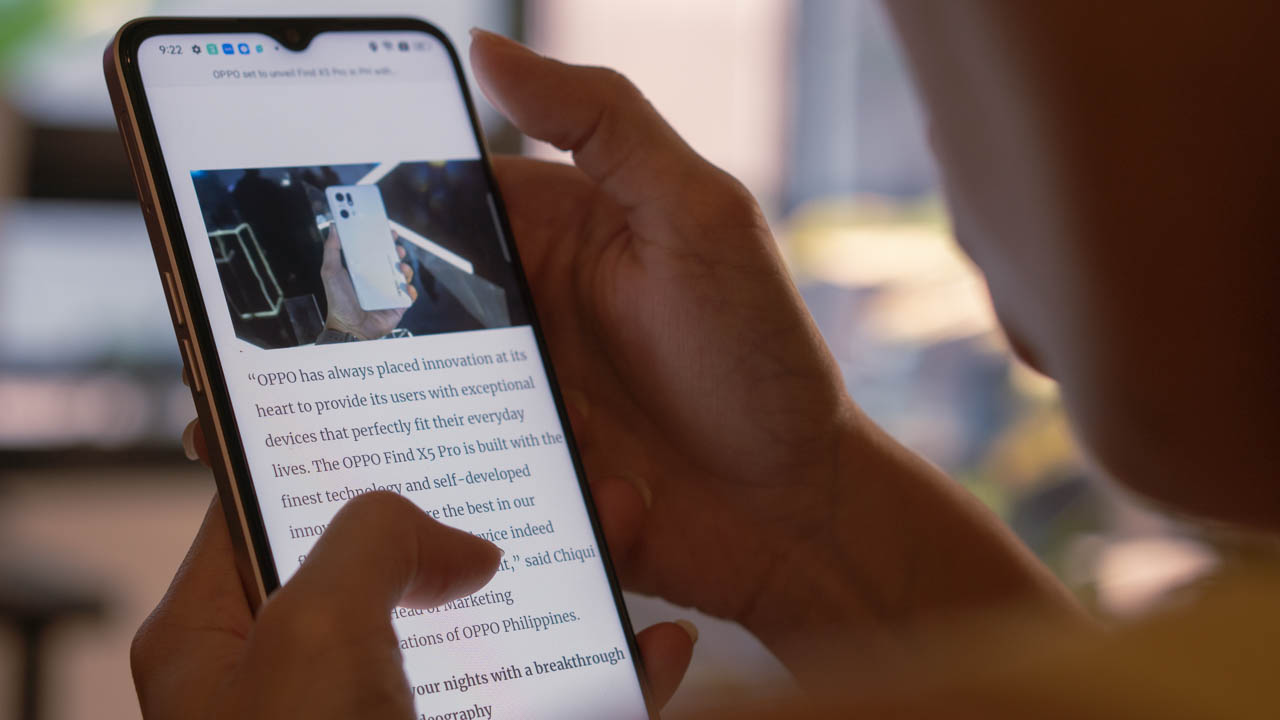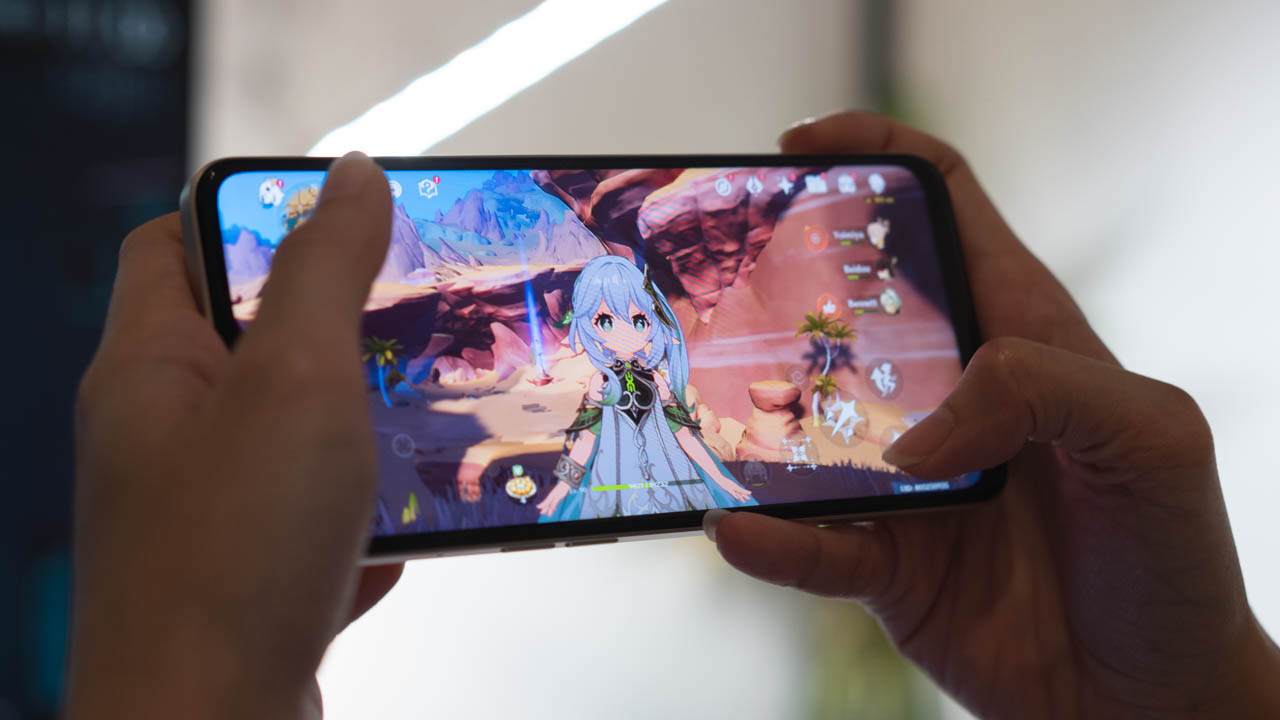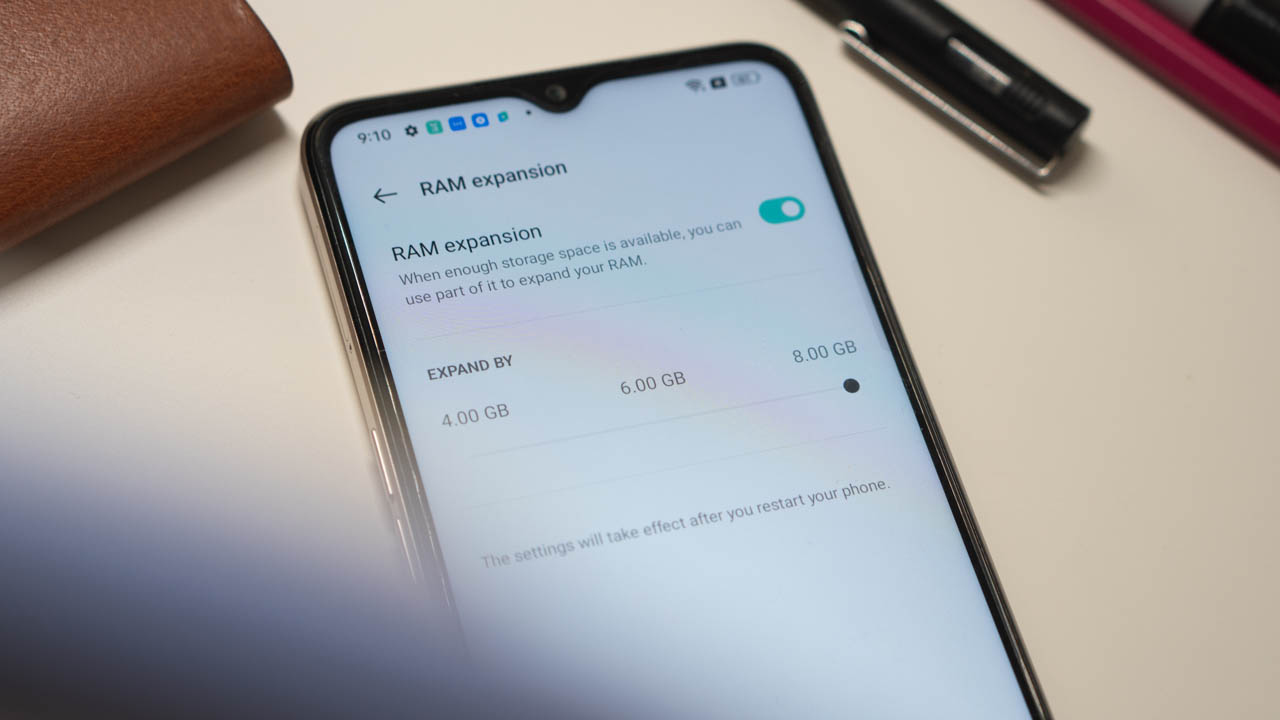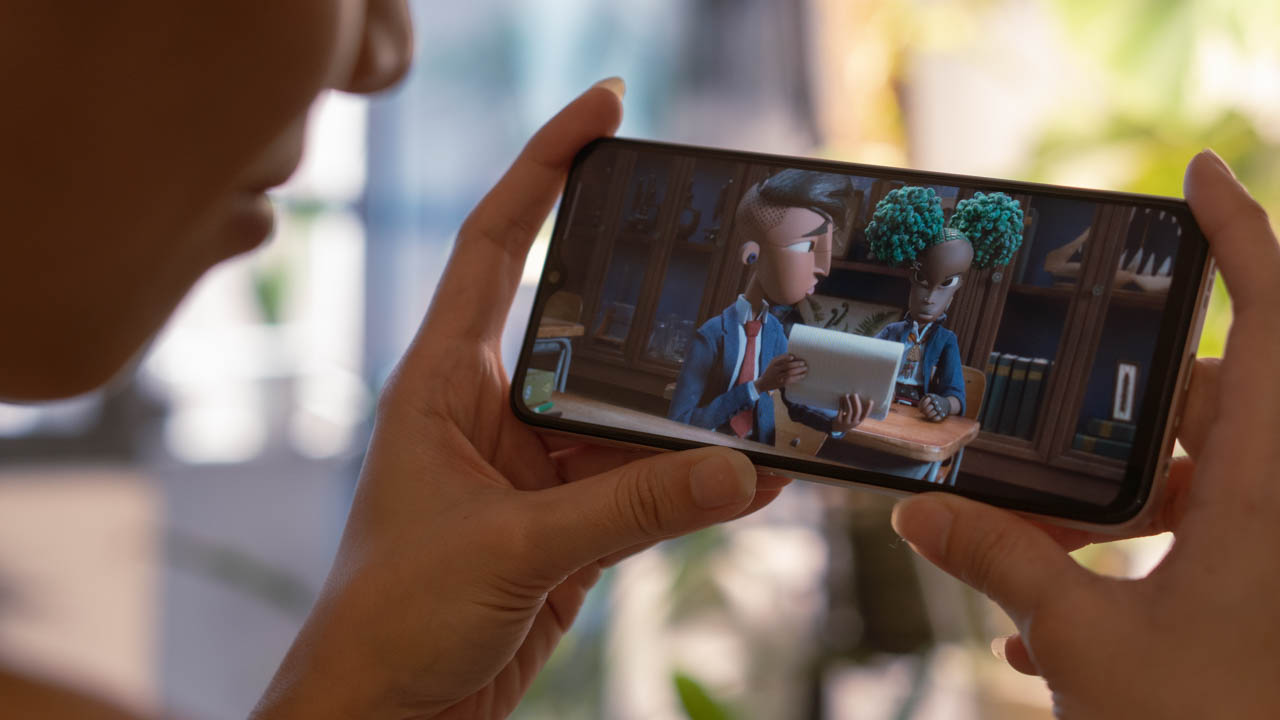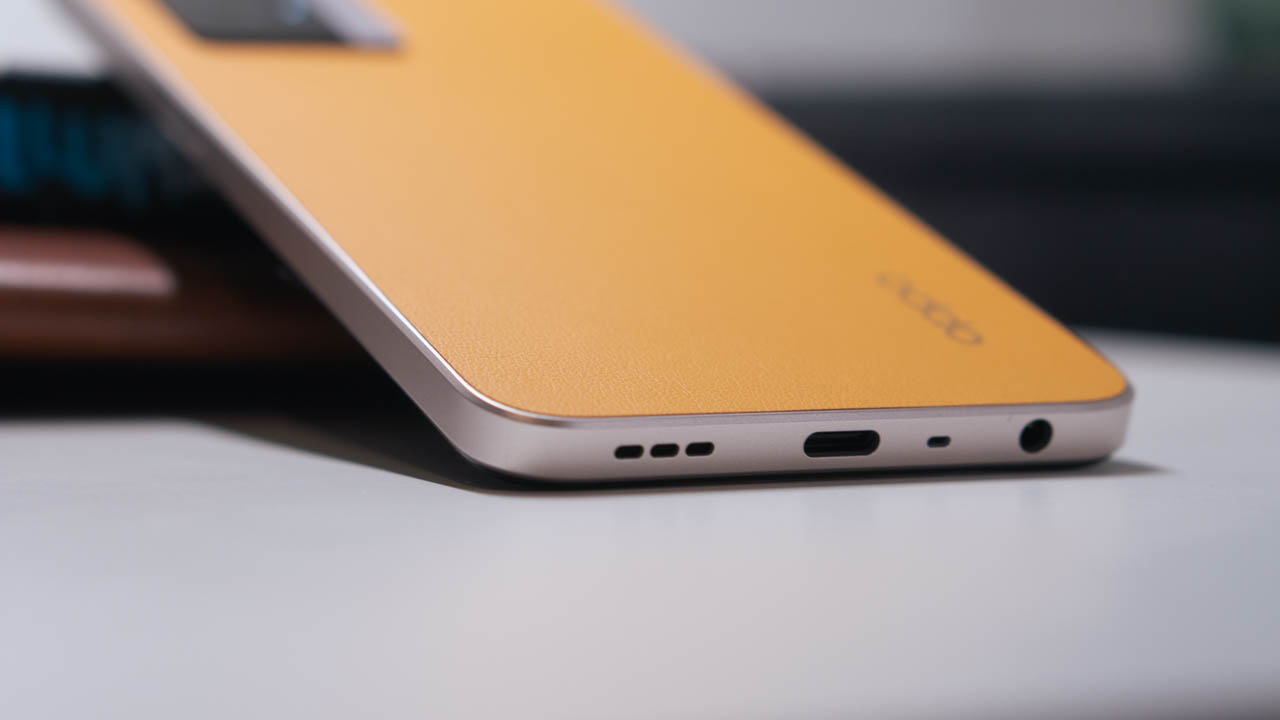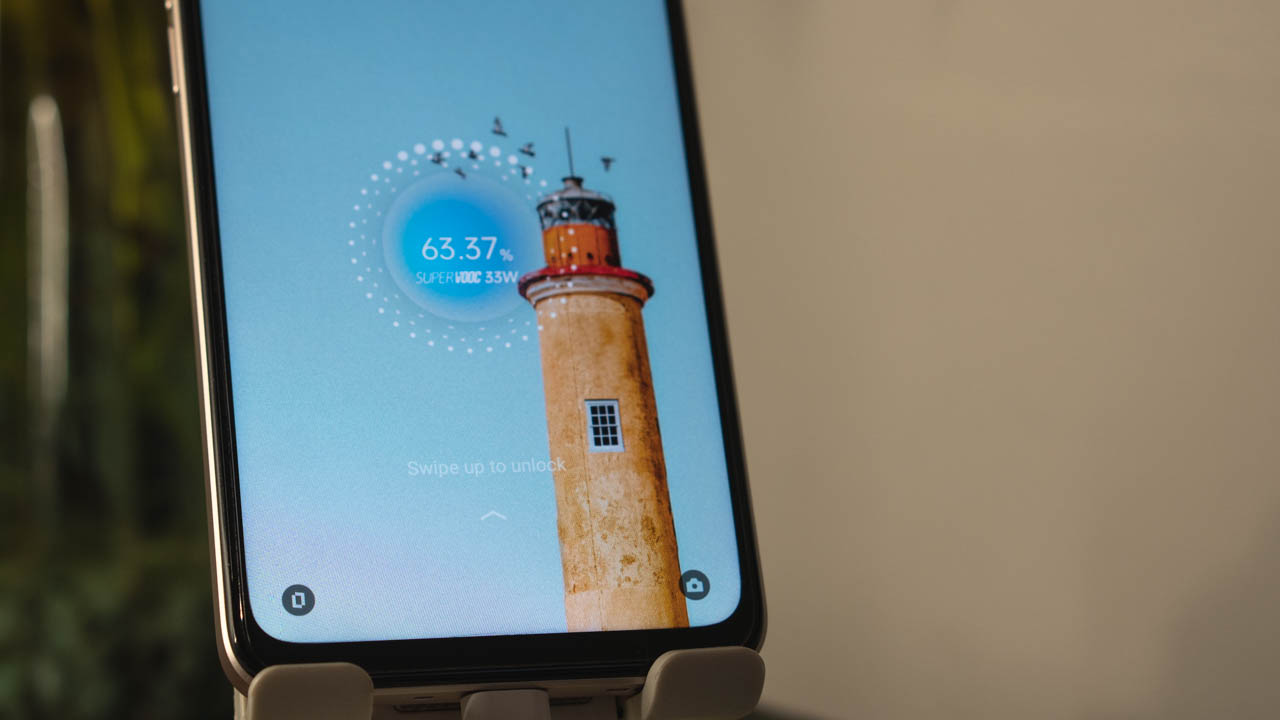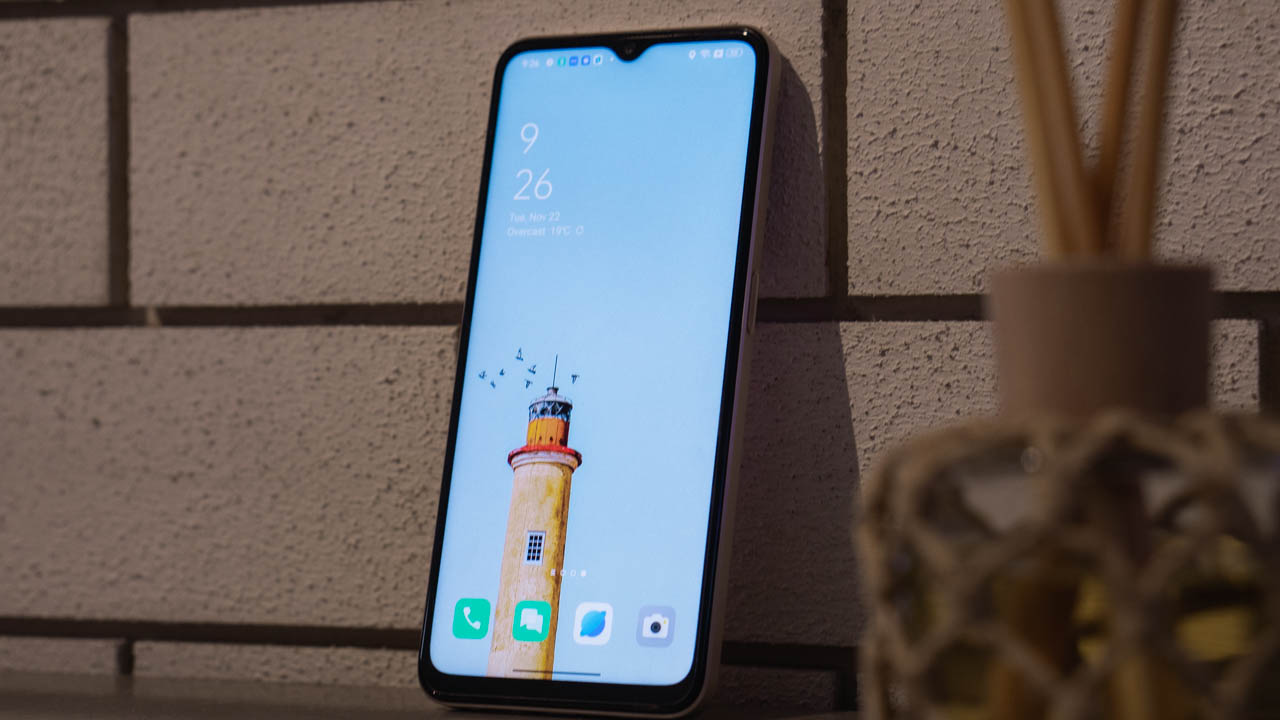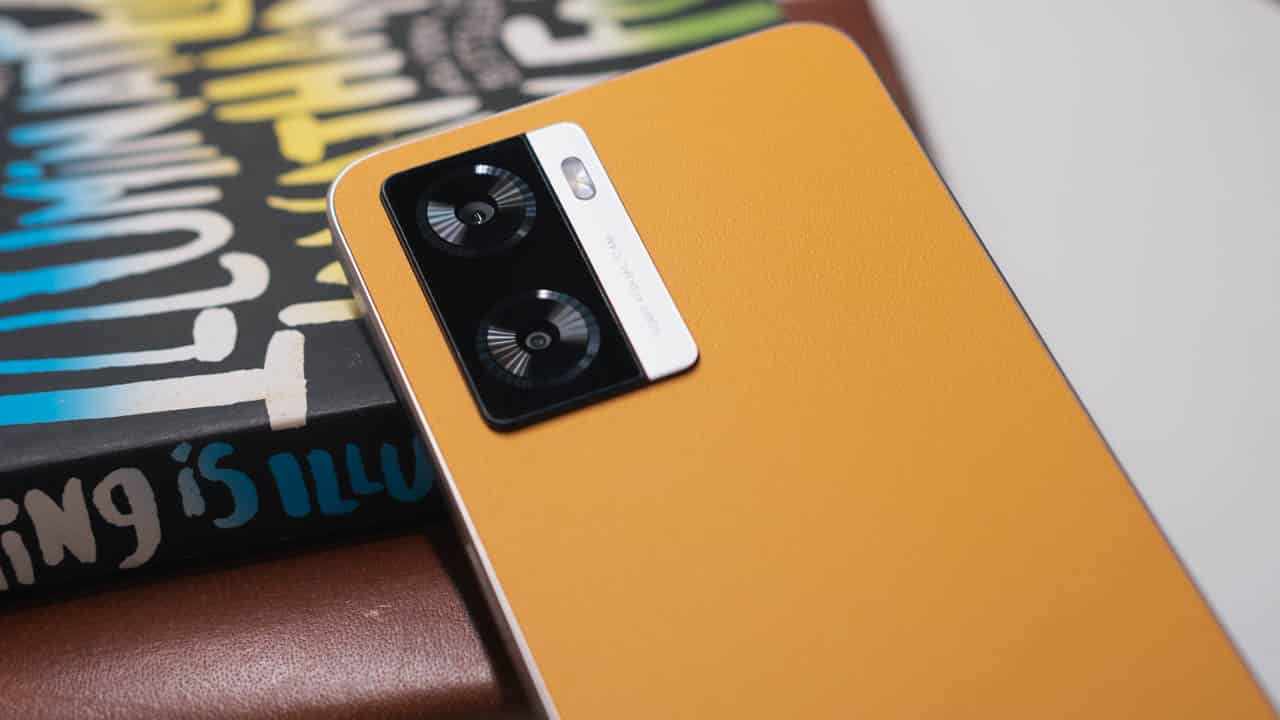Many smartphones today are already equipped with great cameras and offer even casual users tools that can produce professional-level images. The thing is, while some do deliver, other phones with the same claims are just loaded with effects and filters to change the look of your shots.
Xiaomi, with its Mi 11, is definitely not one of those and they have the hardware specs to back that up. But on top of those, the phone also boasts software features to further improve the quality of shots. Just how serious are they about imaging on this flagship phone?
Join us in this review and find out.
Design
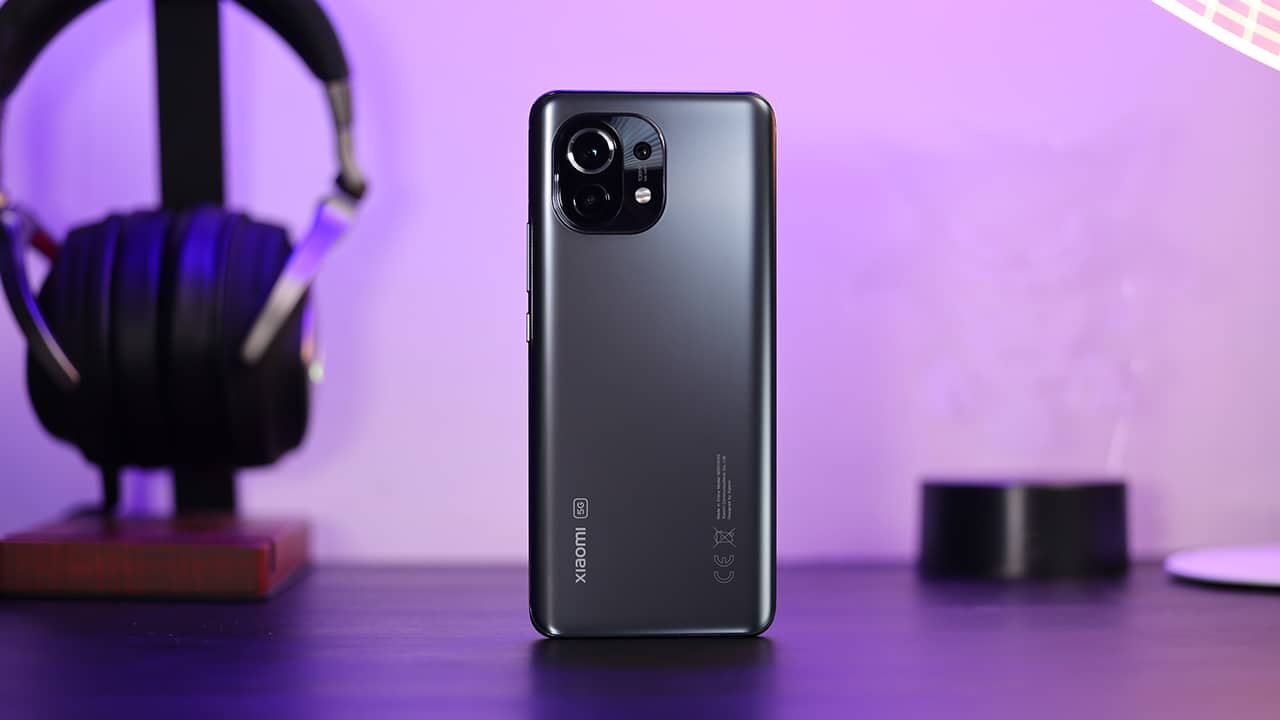
The Mi 11 is a very sleek phone. It comes in this really slim profile with a premium aluminum chassis. Details and elements of its physique all feel like high-quality material even its plastic back panel.
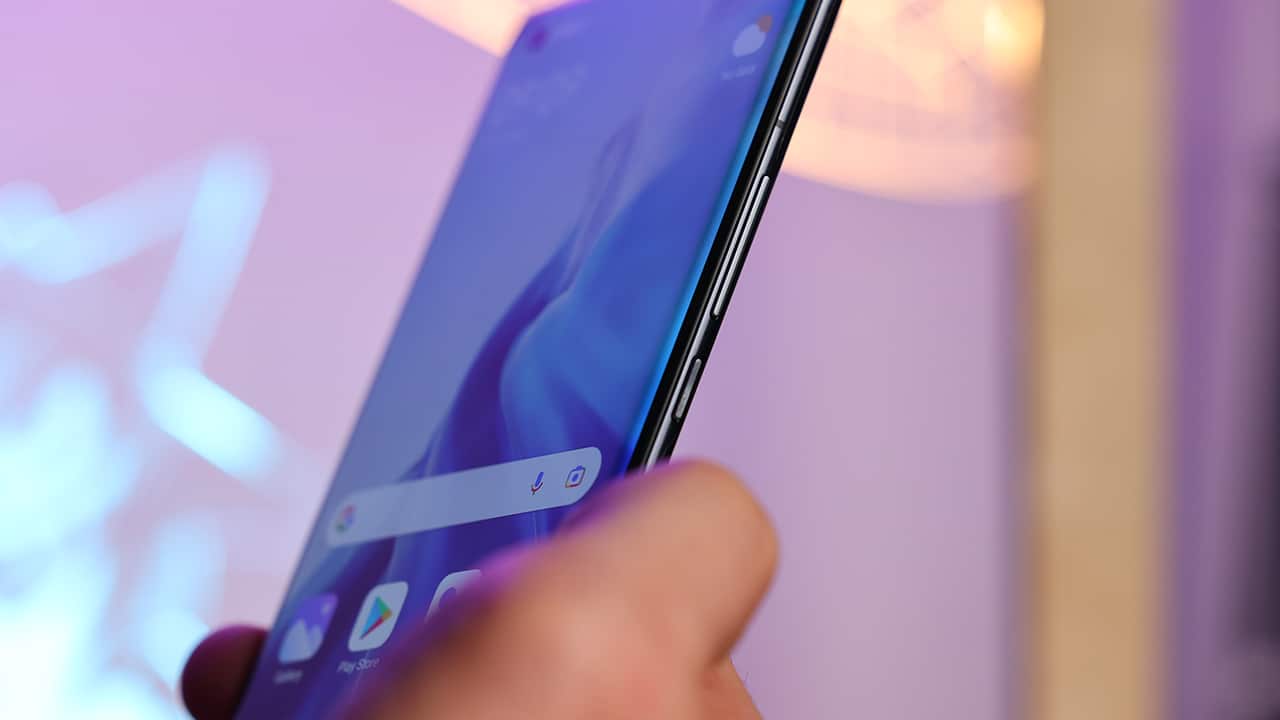
On the right side is the usual power button which has a textured feel to it and it sits right below the volume rocker. The two buttons are positioned in a way that they’re easily reachable by the thumb without having to change your grip on the phone.
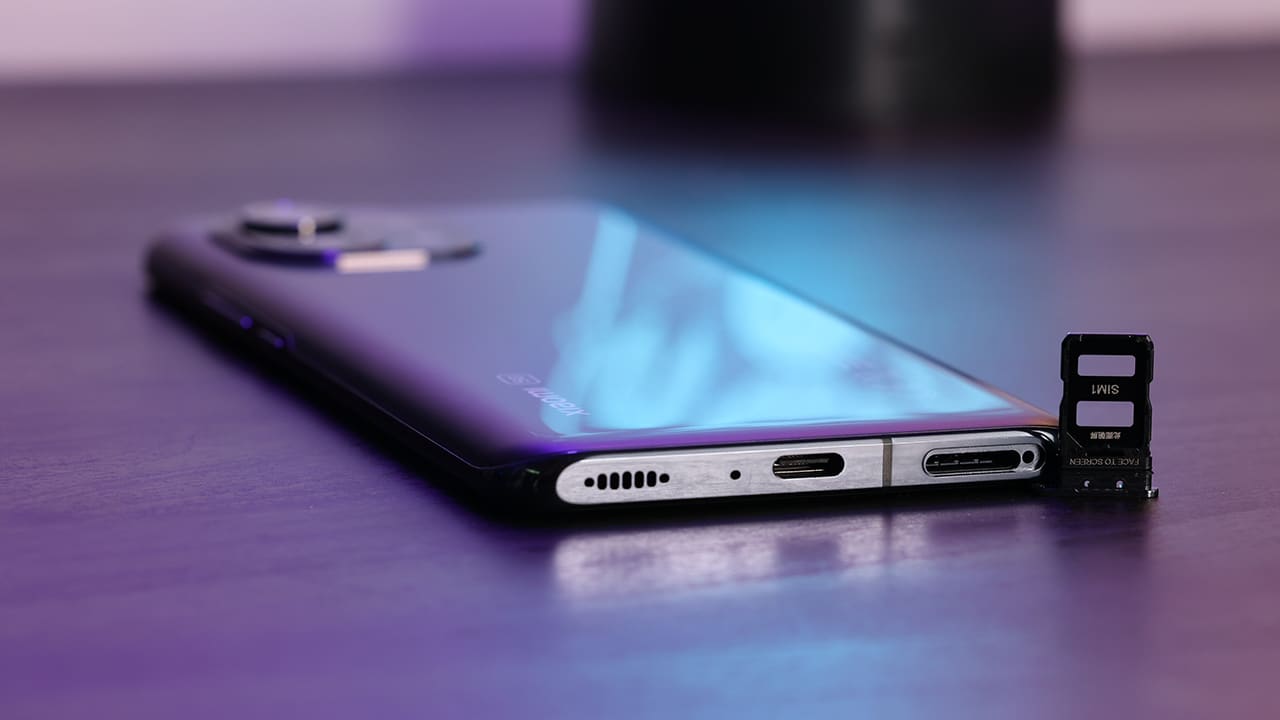
A lone antenna band is placed on the left side while down below is where the SIM tray is found along with its USB-C port and speaker grille. It’s interesting to see that the company went with this design that looks like an audio waveform — a small detail that adds character to the device.

Up top is another speaker grille to offer stereo sound to users. The infrared for its IR blaster is also here and it allows control for certain appliances. I love how the display curves outward to the sides and embraces the chassis. This results in a very smooth feeling that transitions the display to its body.
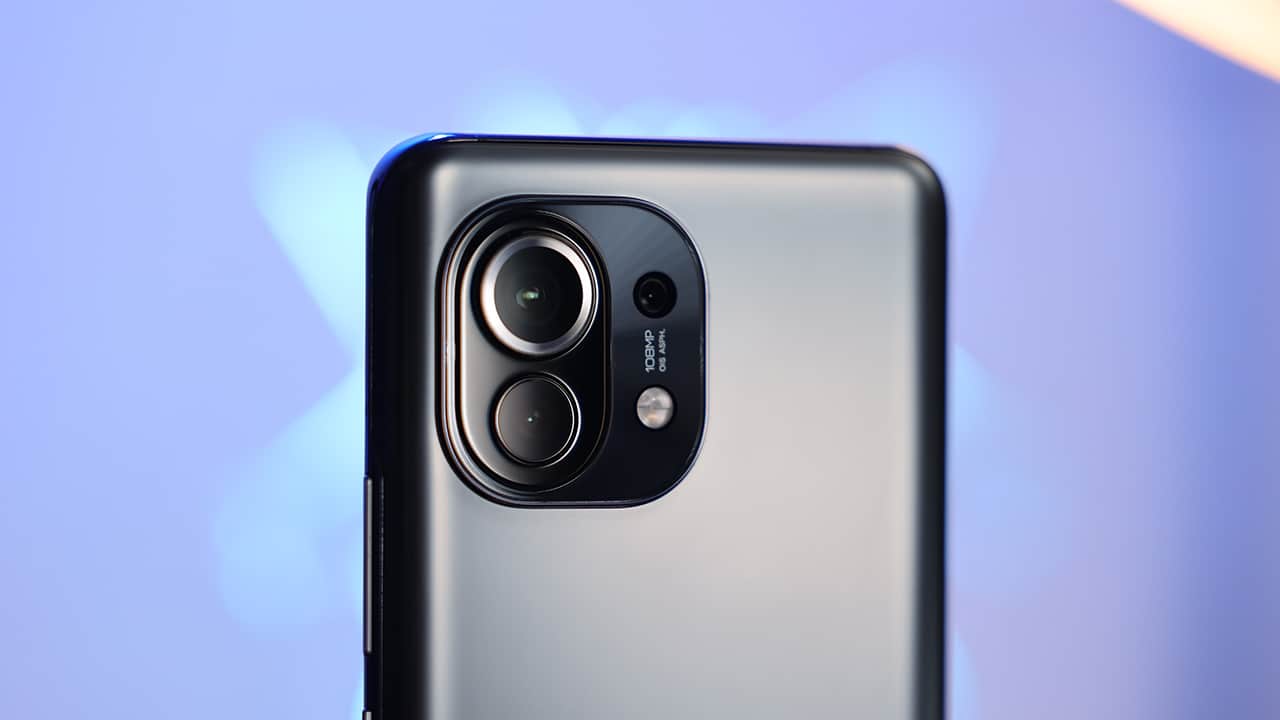
Of course, we see its camera module at the back with its triple camera setup and LED flash. The lenses are sectioned with the main sensor standing out as indicated by a silver accent. Look closely and it’s got a print of the camera’s key feature — its 108MP OIS camera. More on that later on.

The Xiaomi Mi 11 comes in three colors namely Horizon Blue, Midnight Gray, and Cloud White. What we have here is Midnight Gray and I really like its muted color.
Display and Multimedia
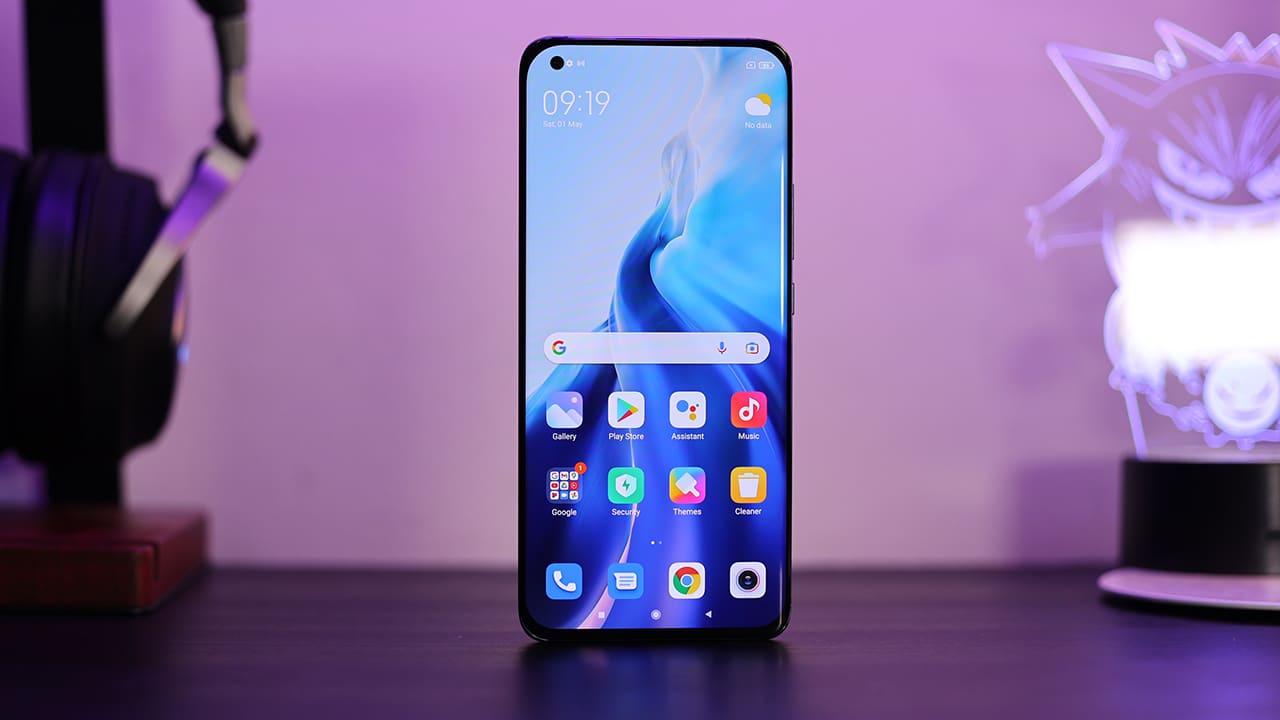
It sports a 6.81-inch AMOLED display that, again, nicely wraps around the body. It comes with a WQHD resolution at 3200 x 1400 pixels and boasts its 10-bit color technology that delivers a wider color range.
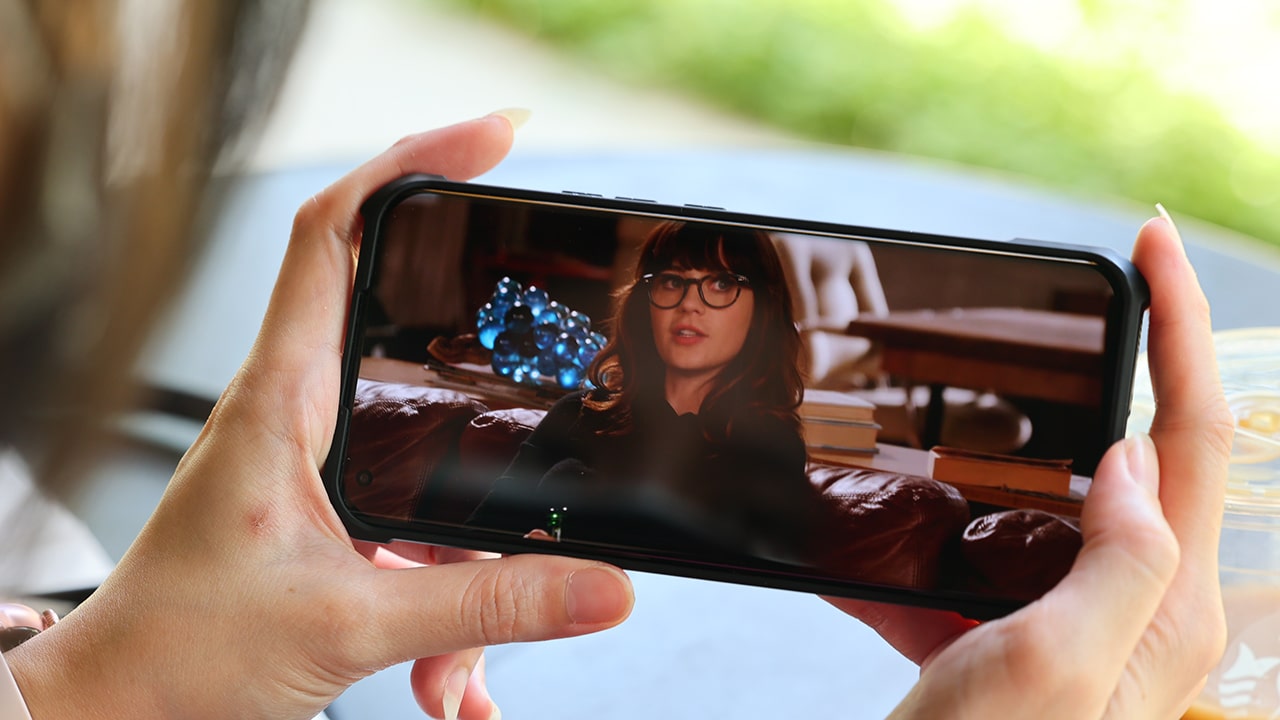
The phone also comes with HDR 10+ for a better range of darks and lights and Gorilla Glass Victus for protection. A 120Hz refresh rate makes browsing and gaming more enjoyable while its 480Hz touch sampling rate ensures that the display is responsive and your quick reflexes while gaming is not wasted.
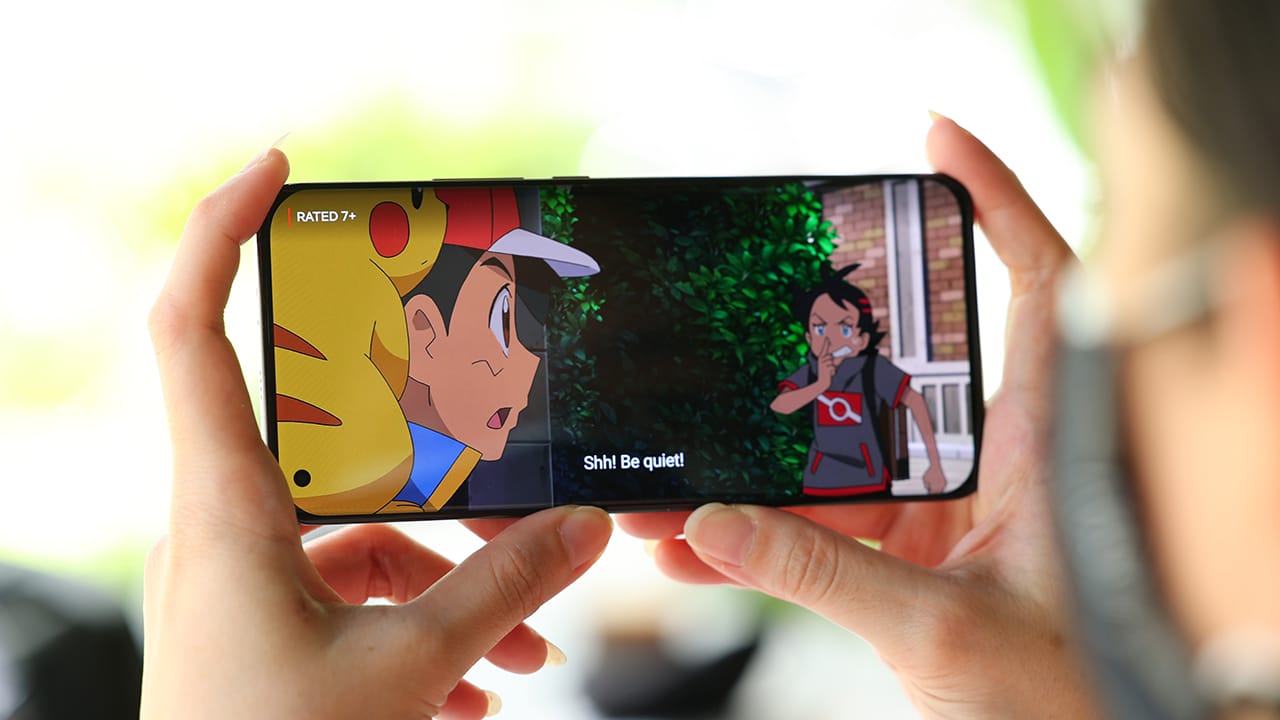
Its display performance is really impressive, especially when streaming 2K videos at 60Hz with HDR. You can almost feel the sharpness of images while colors are screaming in vibrance.
I rarely don’t go too far complimenting a certain device’s feature but streaming videos in that resolution and quality was simply a visual treat that you don’t get in a lot of other smartphones today.
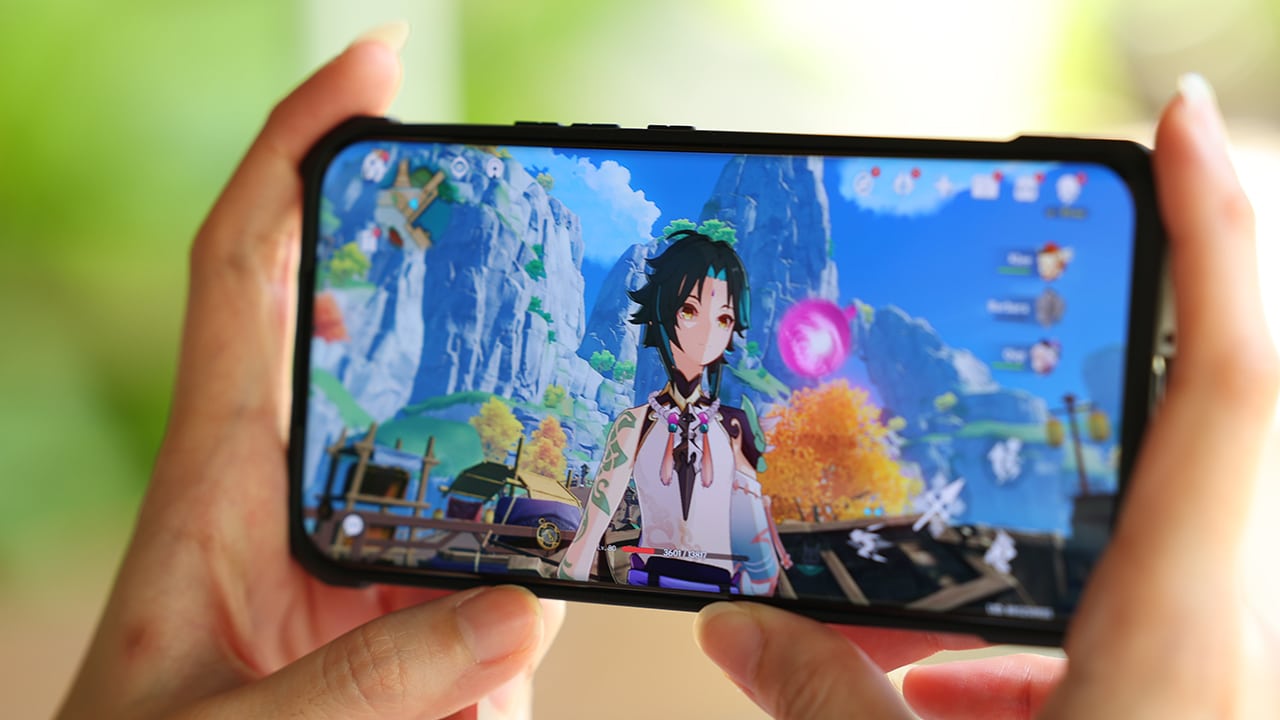
For games, increase its refresh rate and you get an even smoother movement that altogether makes the experience more immersive.
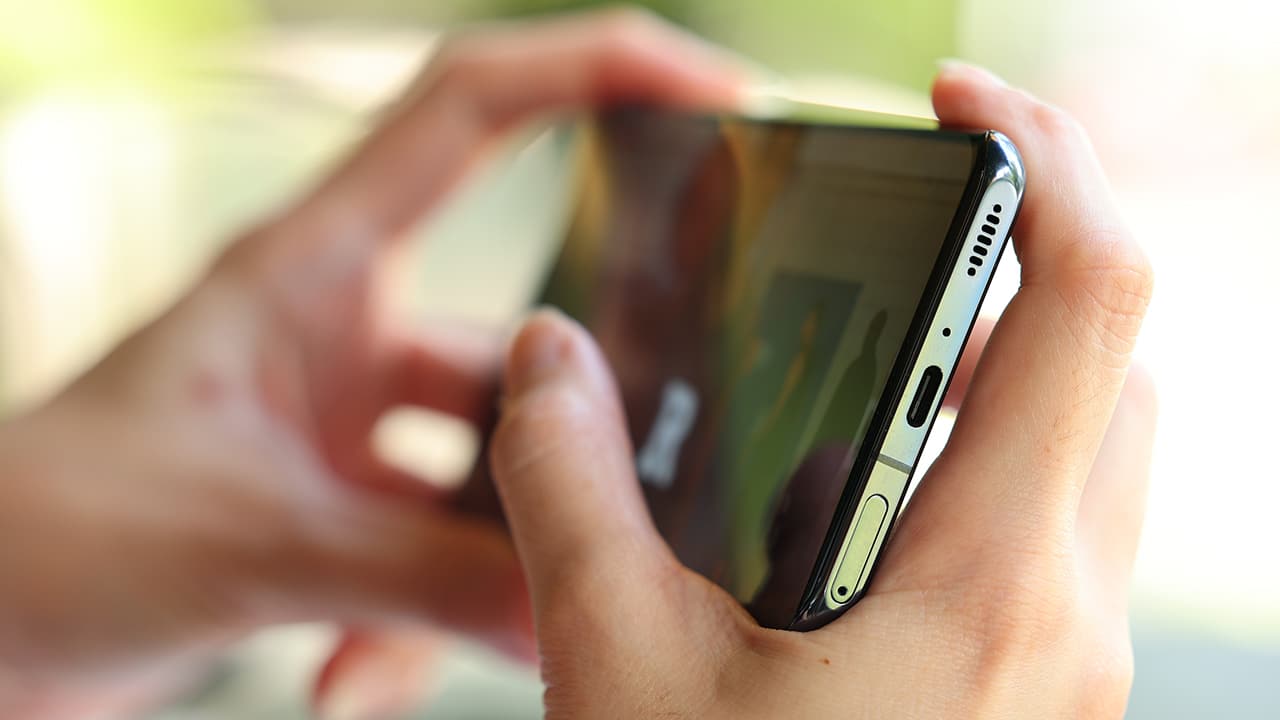
Moving on, you have audio that’s been certified by Harman Kardon and you get stereo speakers with it. The bottom-firing speaker is louder and outputs more bass while the top is more of a complementary speaker grill.
Audio performance was loud and overall clear with little distortion at the highest volume. Lows are acceptable but won’t be pleasing any bassheads out there. Plugging in a pair of good headphones is, of course, a different story.
Cameras
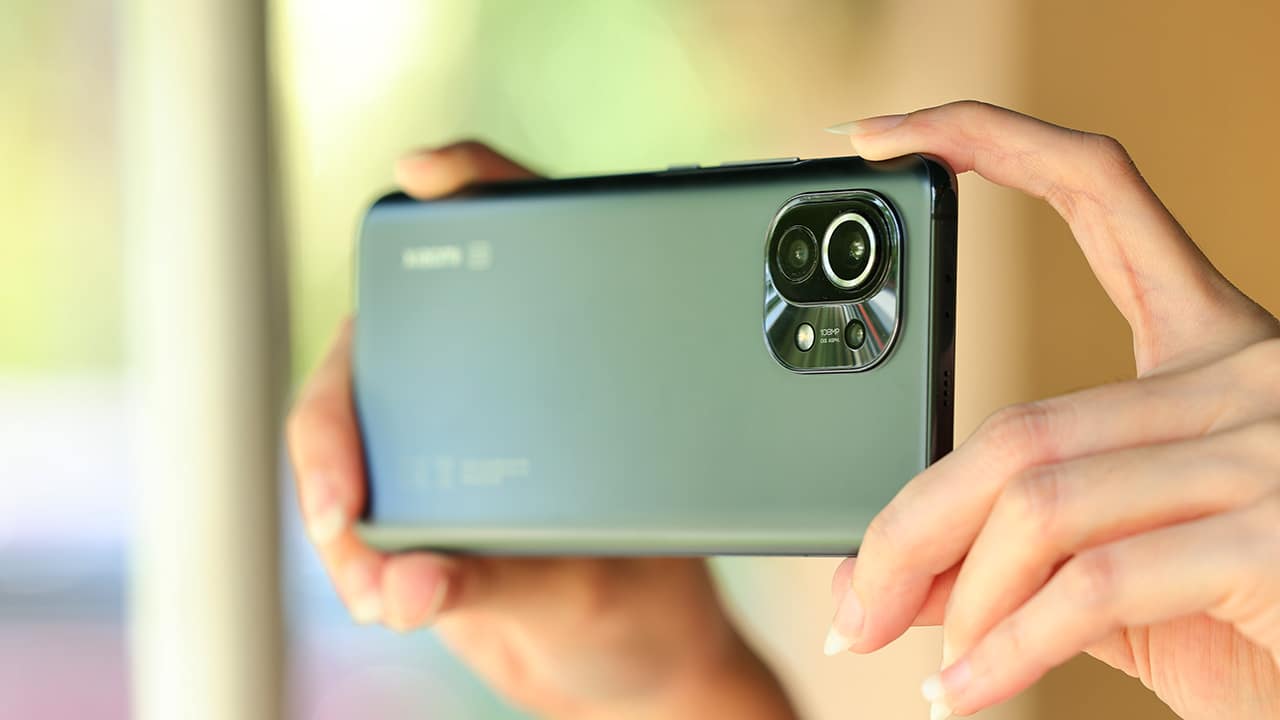
Handling the camera department is a triple setup for the rear and a single shooter up front. The main camera is a 108-megapixel wide-angle sensor that’s accompanied by a 13-megapixel 123-degree ultra-wide-angle lens and a 5-megapixel telemacro camera. There is no dedicated zoom lens on the Mi 11.
Nevertheless, its 2x digital zoom produces decent images with good quality and lively colors. Bokeh also looks natural enough and effectively gives depth to photos.
The balance between light and dark areas, even with HDR Mode off, is more than acceptable and actually shows natural colors and shades. Again, it lacks a dedicated zoom lens but it makes up for in the form of a telemacro lens. Going for this direction enables the phone to capture more close up images than a traditional macro lens.

By being able to zoom in up to 2x and activating its telemacro sensor, you get bright and detailed close-ups. It just takes a bit of practice to get the sweet spot of its shallow focus range but when you do get it, you can produce some cool shots.
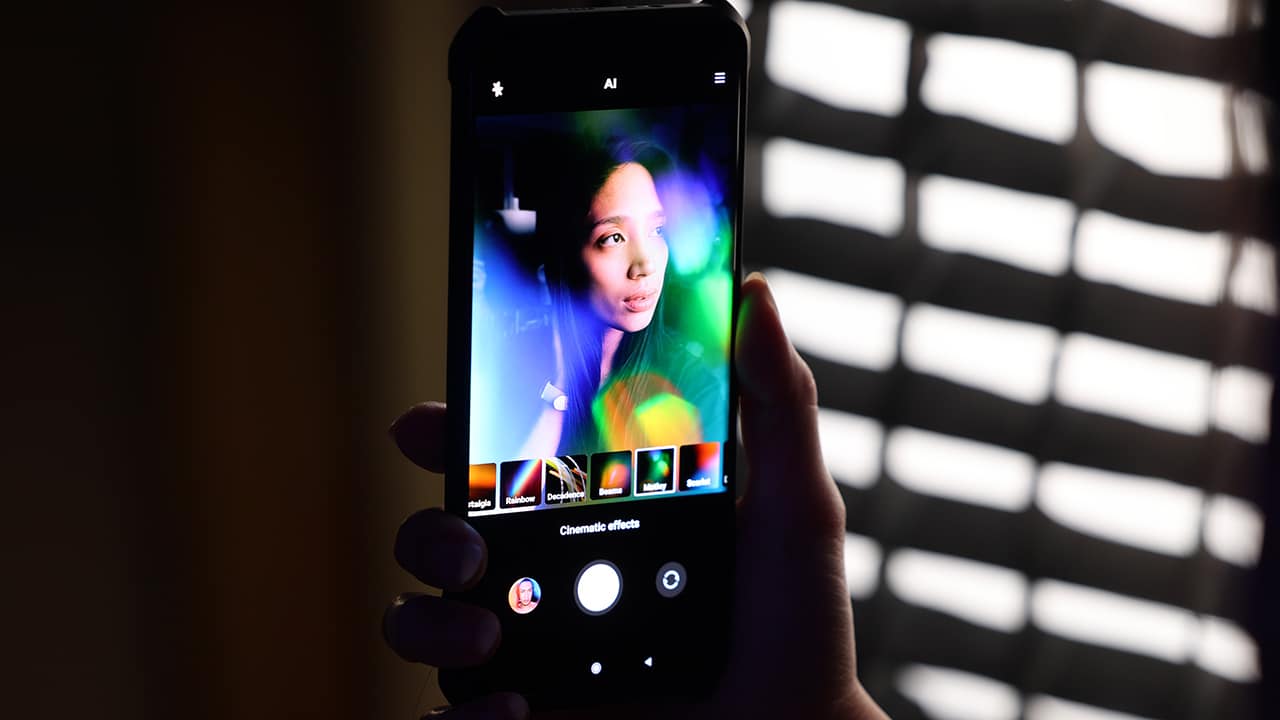
For night shots, digital noise is kept to a minimum and you can even choose to bring out more colors without making details suffer. Whether it’s the wide or ultra-wide cameras you’re using, they produce images that are ready to upload on social media.
Meanwhile, for your selfies, a 20-megapixel camera captures clear self-portraits and comes with usual features like Beautify, some cool filters, and AI to automatically adjust to what environment you’re in. Portrait mode for that added bokeh is of course also supported.
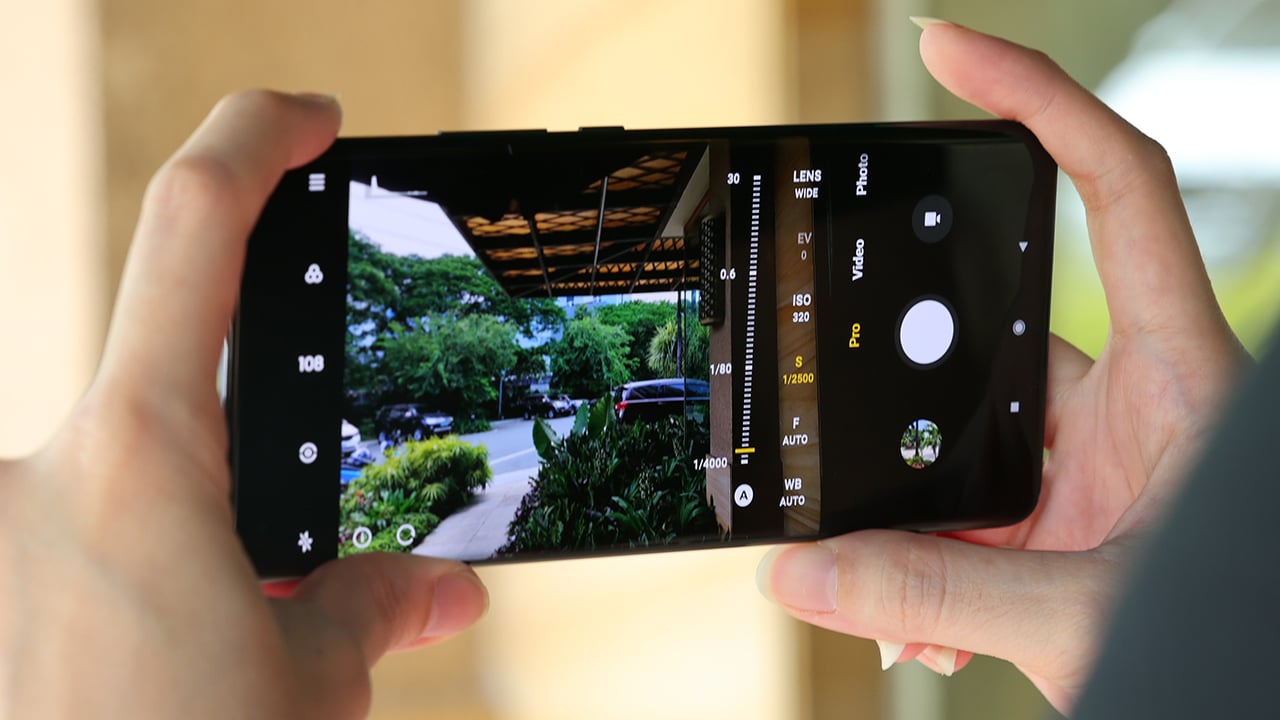
Being a device that positions itself as a movie magic phone, it does come with some interesting video features that should let users creatively produce short films or content straight from the Mi 11. These include Magic Zoom, Freeze Frame, Parallel World, Time Freeze, Night Time-Lapse, and Slow Shutter.
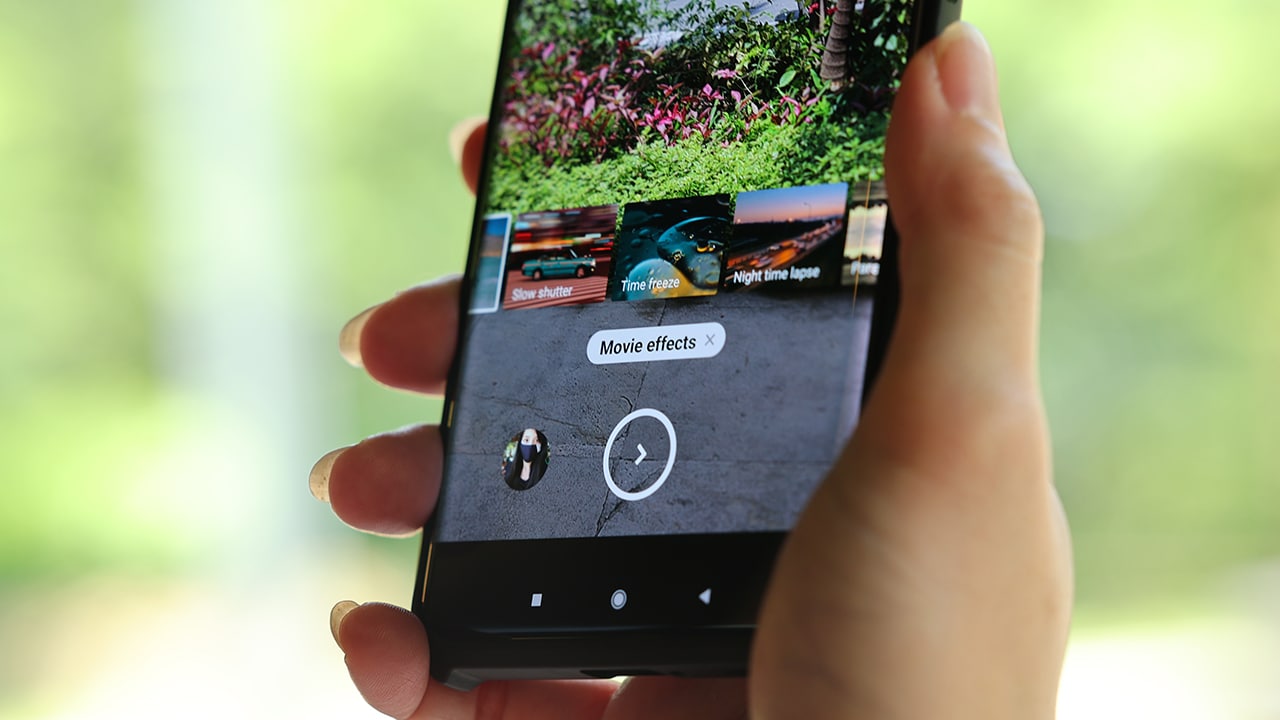
These are usual video effects you see in commercials or movies like the famous Hitchcock shot or vertigo shot that warps the background while the subject remains constantly in the middle. This way, you can easily convey moods, emotions, stories, when creating and shooting your next vlog or short film. HDR 10+ video recording is also supported for overall better color and range.
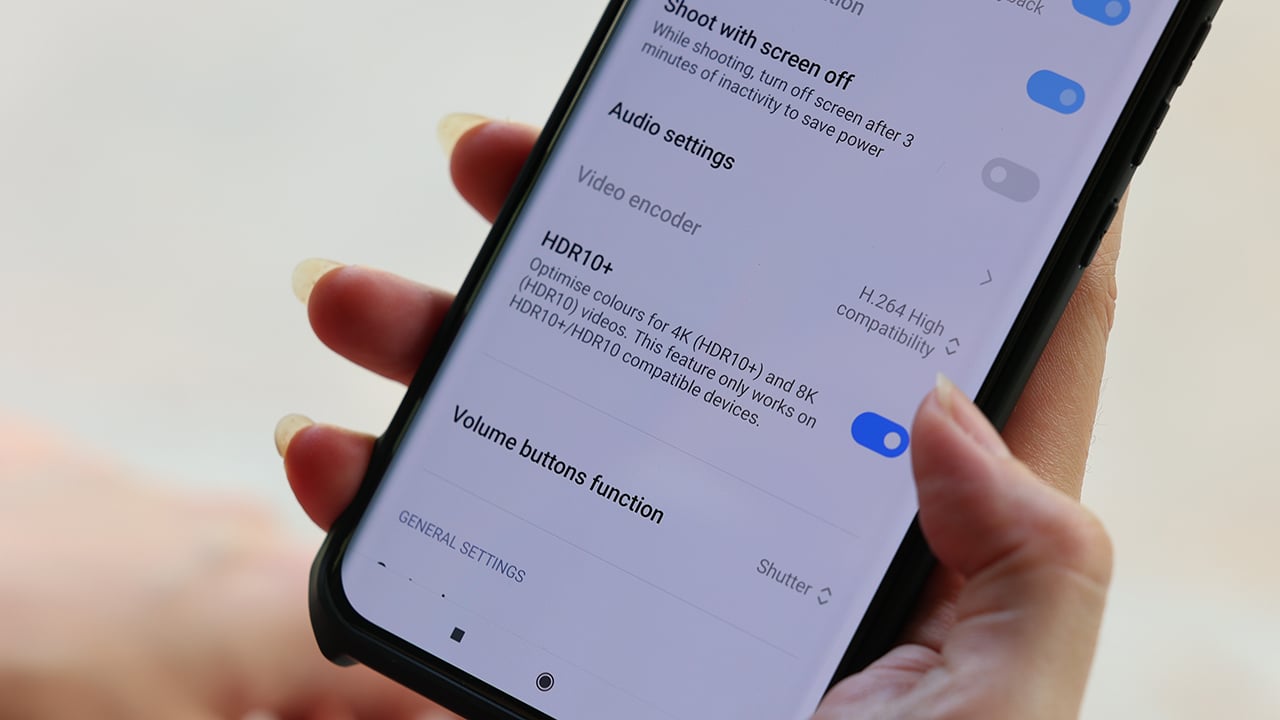
It comes with cinematic filters with a number of adjusted colors and settings but these are not as innovative as the effects we just mentioned previously. But on top of those, you have capable hardware in terms of a larger sensor, large pixel, and both optical and electronic stabilization.
This is what I like about the Mi 11. Both its hardware and software go hand-in-hand in making sure you get at least decent shots even when circumstances aren’t perfect for shooting. With this set of optics, it’s very easy to bring it out and go for a quick snap of something and still look great in terms of quality and colors.

Case in point, this dog photo that I quickly took at night. You see that I was in a hurry to capture this that the horizon line wasn’t even leveled out. Still, it’s got decent quality and you can see the patient doggo waiting for its master.
Performance
Of course, a flagship device requires a flagship processor. And that’s exactly what’s at the core of the Mi 11 — Qualcomm’s new Snapdragon 888 CPU. As with other processor upgrades, it’s got more power and increased efficiency so you get uninterrupted usage for longer periods of time. It’s also equipped with 8GB RAM and a choice of 128GB or 256GB storage.
Running ordinary tasks is not a challenge for the Mi 11 at all and that’s not a surprise considering the internals it’s packing. Gaming has also been a really enjoyable experience. Running today’s popular titles like Mobile Legends and Call of Duty, the Mi 11 was able to render smooth gameplay and graphics.
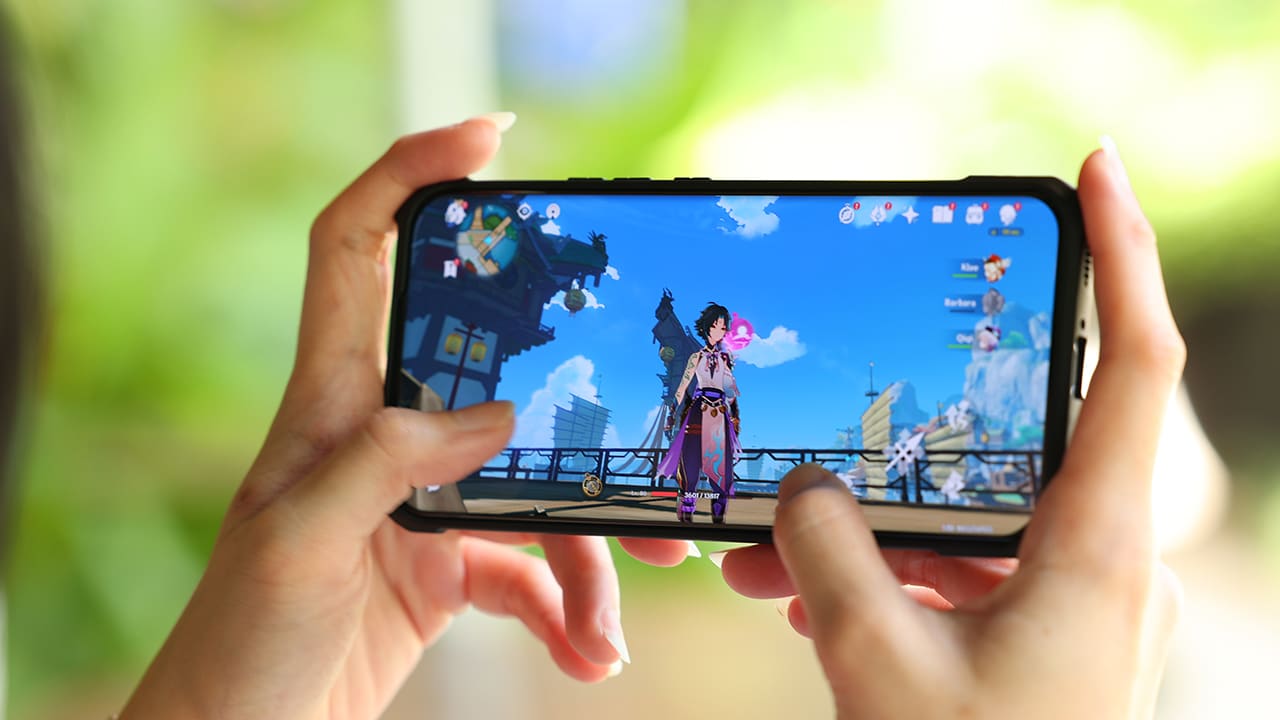
Other resource-heavy apps like Genshin Impact were also handled well at High graphics settings with little lags. If you’re not familiar, this game requires a capable list of hardware so it says a lot that Mi 11 is easily able to handle rendering smooth gameplay for its user.
Although, while Its processor carries what it calls LiquidCool heat dissipation system, the phone still gets hot after moments of playing games. The heat accumulates near the camera module and it could be hot enough for some to put down the phone and let it cool off for a while.

With other connectivity features like WiFi 6 and 5G, the Mi 11 was also able to sustain stable internet connections whether at home or outdoors. This is especially good to know now when video meetings have replaced actual meetings.
Battery
The Mi 11 has been acing our segments so far, with just some minor inconveniences along the way, but the battery department might be its Achilles’ heel.
Its 4600mAh battery proved to be insufficient for all-day heavy usage. This is most likely due to the fact that the battery powers a rather big, pixel-packed display with impressive brightness. So if you have plans to be out the whole day, be sure to carry a power bank along.
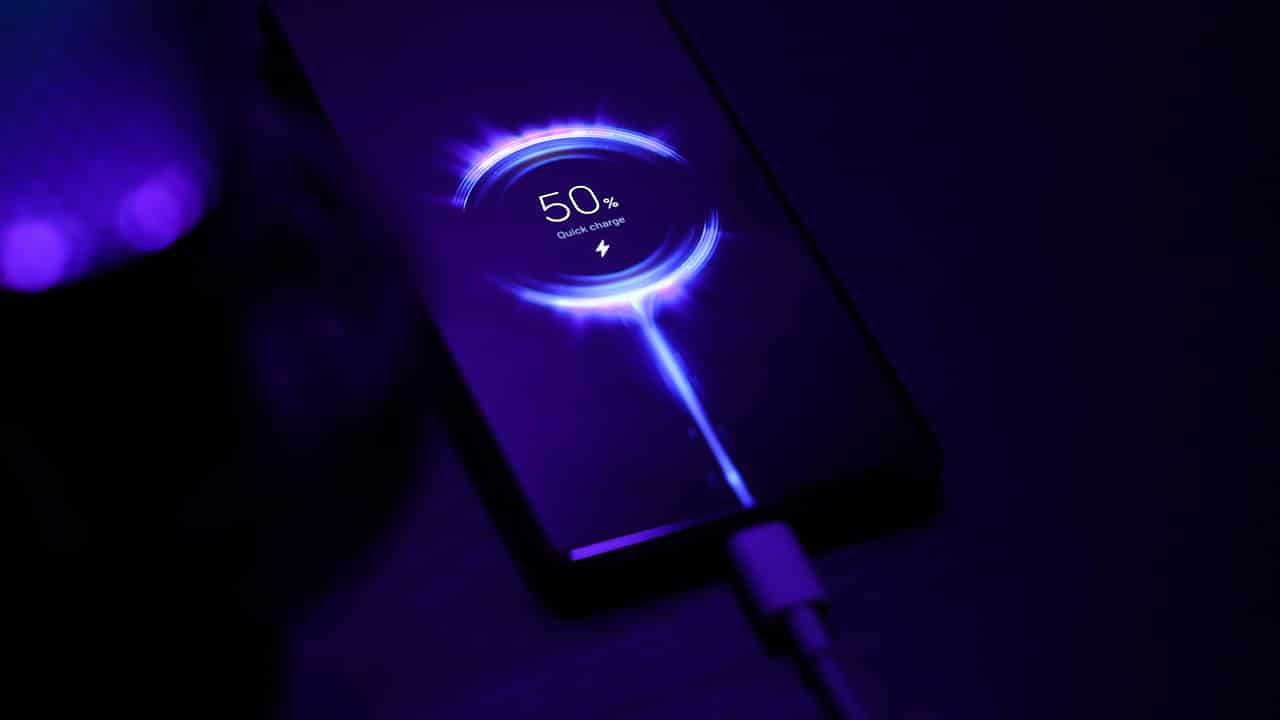
In our usual battery test by streaming high-resolution videos with 50% brightness and no volume, it also didn’t last as long as other phones with similar battery capacity at just 9 hours and 47 minutes.
The good news, however, is that it comes with a 55W charger, and using it takes less than an hour to fully charge the device. It also supports an impressive 50W of wireless charging that offers convenience while a 10W reverse wireless charging is also present to share precious battery life.
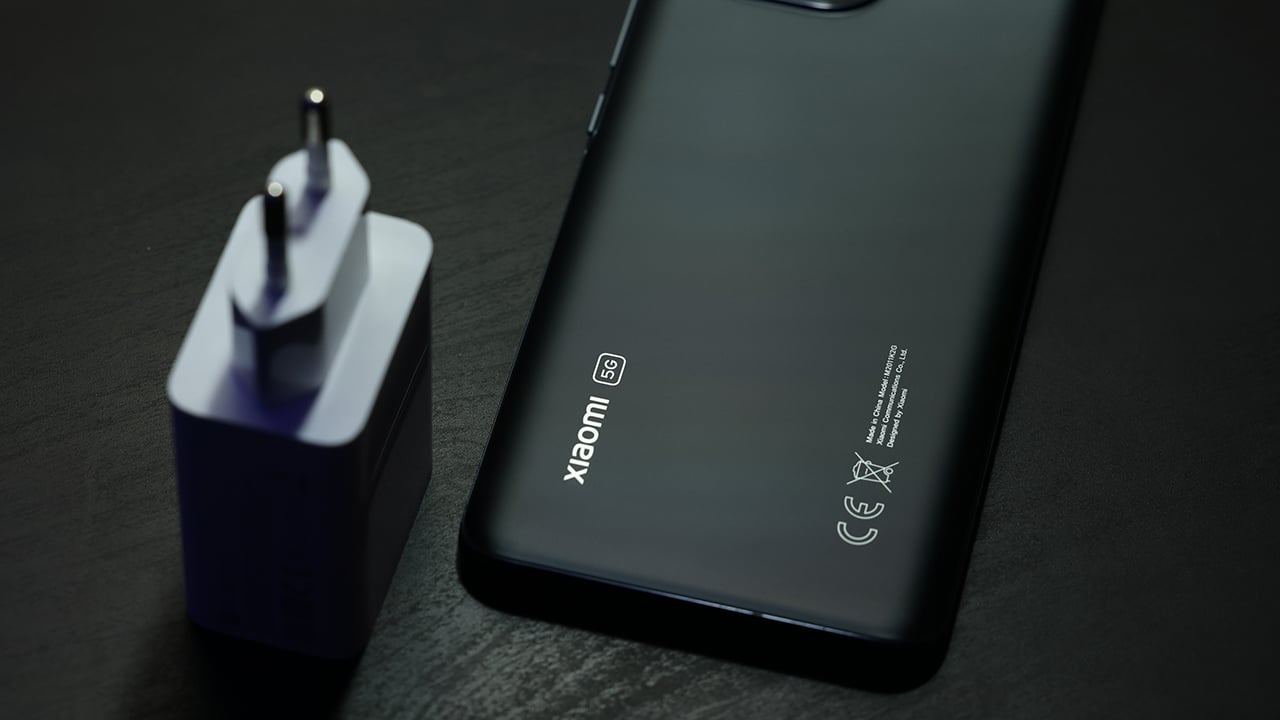
Xiaomi claims that via wired charging, it only takes 45 minutes to fully charge the Mi 11 and 53 minutes for wireless charging. With our experience charging with its included cable, 45 minutes yields around 93-95% so while it didn’t fully charge, 93% is still not that bad.
Creature Feature
As always, in our reviews, The Modern Creatures aims to find special features in devices that make them worth having — a Creature Feature if you will. For the Xiaomi Mi 11, it would definitely have to be its unique and useful array of camera effects and features.
As reviewers, we’ve seen lots of phones claim to be made for videography of photography but not all offer the tools that Mi 11 offers.
Final thoughts
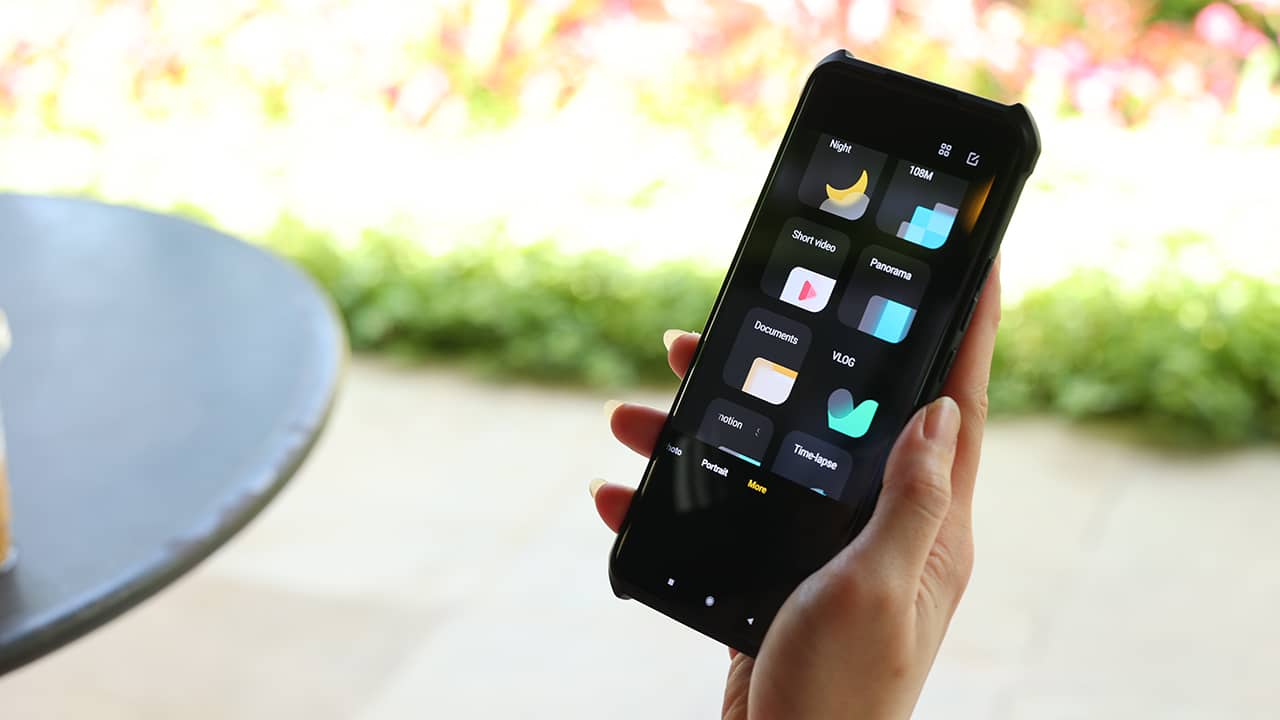
With a price tag of PhP 36,990 for the 8GB/256GB variant, the Xiaomi Mi 11 offers top-of-the-line specs for a capable performance during everyday usage. In terms of design, it doesn’t attract any special attention but it’s definitely an all-around performer. It also specializes in imaging wherein a lot of its features could easily come in handy for content creators of today.
Xiaomi has definitely come out with a strong contender in the flagship category with the Mi 11.






